Spiritual Symbolism, Numerology & Dream Interpretation
Our expert insights into spiritual meanings, numerology, and dream interpretation help you learn the language used by the universe to send you messages.
Decode Spiritual Symbols – Animals, colors, numbers & more
Explore Numerology – Life path numbers, angel numbers & compatibility
Understand Your Dreams – Find out what your dreams reveal about your life
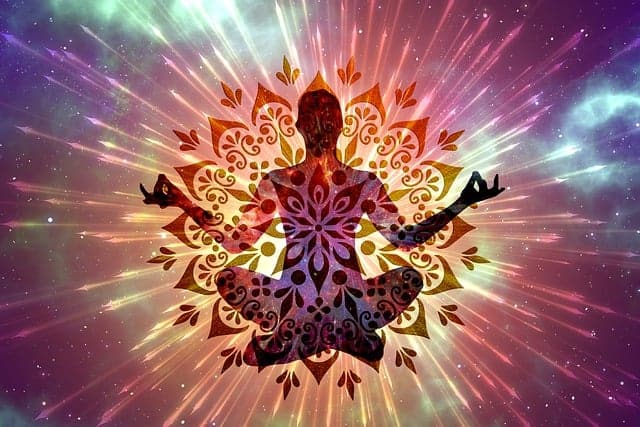
Spiritual Meanings: Unlock Hidden Messages
Everyday symbols carry profound spiritual messages. From animal encounters and color meanings to finding feathers or coins, the universe constantly communicates with us. Explore the spiritual meaning behind life’s signs and synchronicities to gain deeper insight into your path.
Numerology: Discover Your Life Path in Numbers
Numbers hold powerful energy and influence over our lives. Whether you’re seeing angel numbers, exploring your life path number, or seeking numerology compatibility, understanding these hidden patterns can guide you toward success, love, and personal growth.
Dream Interpretation: Decode Dreams
Dreams are a gateway to the subconscious, revealing hidden truths and future possibilities. Whether you dream of flying, falling, animals, or repeating numbers, each vision carries a unique meaning. Uncover the deeper significance of your dreams and what they reveal about your life’s journey.
Explore Spiritual Meanings, Numerology & Dream Interpretation
The world is filled with hidden messages, from repeating numbers and animal encounters to mysterious dreams and spiritual symbols that appear in daily life. Understanding these signs can help you navigate your spiritual journey with clarity.
Spiritual Signs & Symbolism
- Animal Meanings: What does it mean when you see a butterfly wing, a white owl, or a snake in your path?
- Natural Signs: The significance of finding feathers, Silver coins, or a Broken Bowl in your life.
- Color Symbolism: Discover what colors like blue, red, and gold mean in a spiritual context.
Numerology & Angel Numbers
- Angel Numbers: Seeing 333, 444, 8787, or 999? Learn what the universe is trying to tell you.
- Life Path Numbers: Decode the deeper meaning behind your Life Path 1-9 and master numbers.
- Compatibility & Destiny Numbers: Find out how numerology influences love, career, and personal growth.
Dream Interpretation & Meaning
- Recurring Dreams: What does it mean to dream of dirty water, chased by police, or seeing Kali Maa Angry?
- Prophetic Dreams: Can dreams predict the future? Discover the spiritual connection.
- Nightmares & Symbolism: Understanding dreams about being bitten by snakes, a cow attacking you, or the Death of a Family Member.
Featured Articles

Decode Your Teeth Falling Out Dream: Ultimate Meaning Guide

Red Color Symbolism: Love, Courage & Spiritual Insights

Dolphin Symbolism: Spiritual Messages You Need to Know

Ultimate Spiritual Meaning of Blue in Dreams & Auras
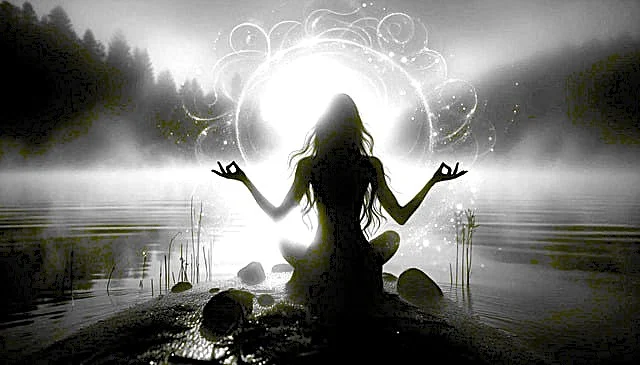
The Ultimate Guide to White in Spirituality & Symbolism

Spiritual Meaning of Wolves: Great Strength and Leadership

Snakes and Their Powerful Spiritual Meaning

Empower Your Mind: Decode the Secrets to a Dream of Fields!
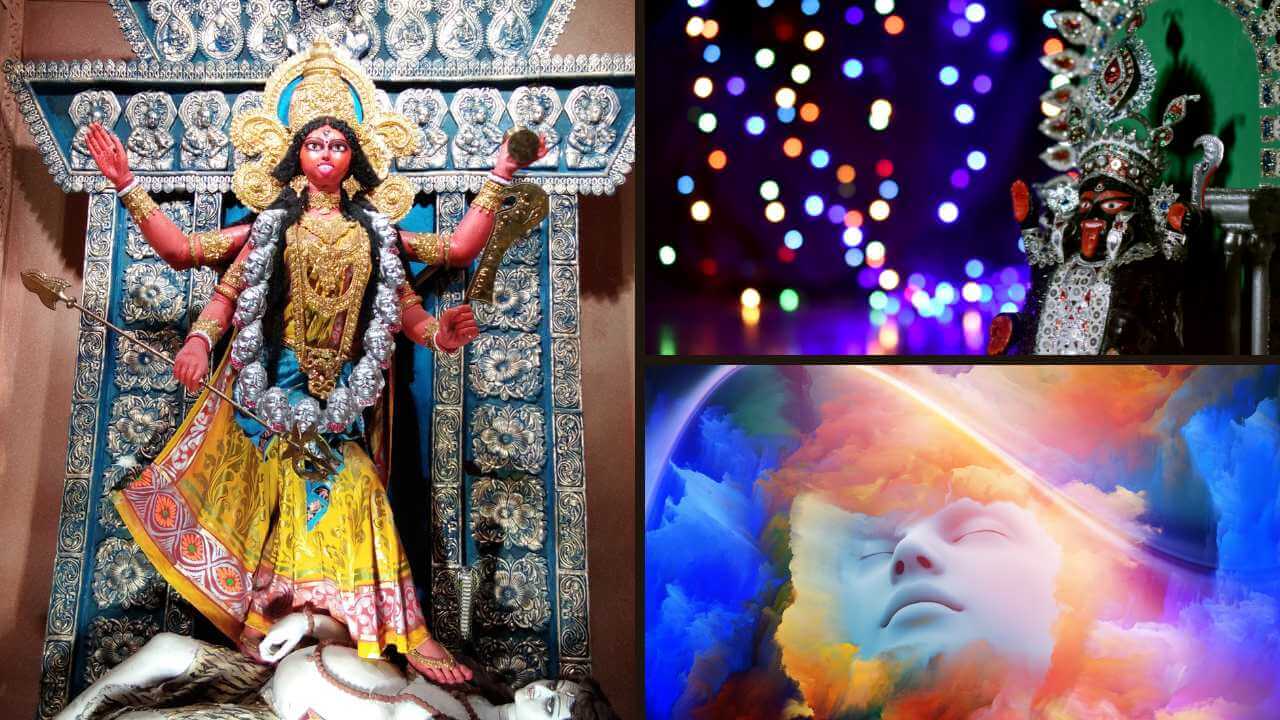
The Ultimate Guide to Dreaming of Kali Maa: Elevate Your Consciousness

Exciting Top 10 Reasons Why Police are Chasing You in Dreams
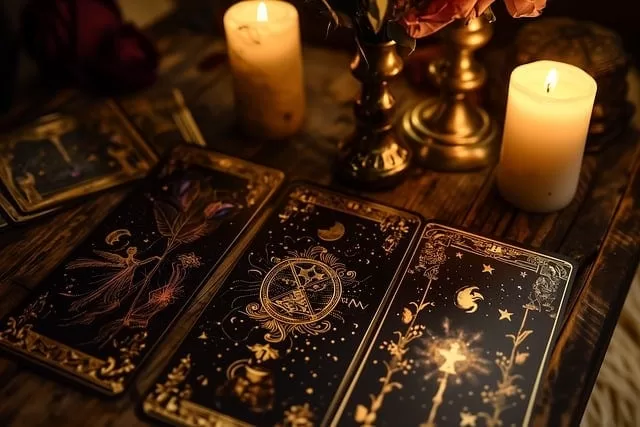
The Tarot Reading Yes or No – Best Interpretation? [Truth]

The Ultimate Spiritual Meaning of Ants Inside Your House [Truth]

The Meaning of a White Feather – Everything you need to know
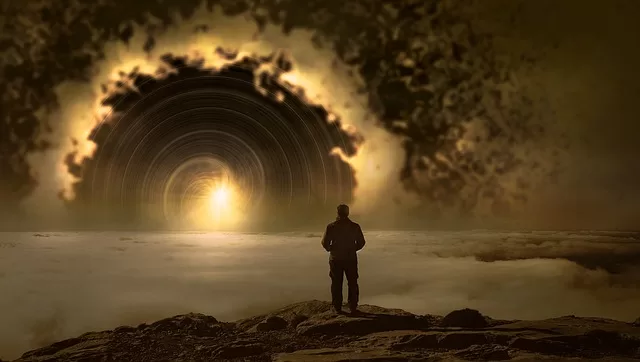
Top 10 Weird Dreams We had in 2024 (And What They Mean)

Ultimate Spiritual Meaning of a Chicken (What You Need to Know)

Divine Discourse: Discovering the Ultimate Definition of Spiritualism

Weaving Destiny: The Best Guide to Spider Symbolism and Spirituality

The Ultimate Guiding Lights: Best Stars Symbolism and Meaning
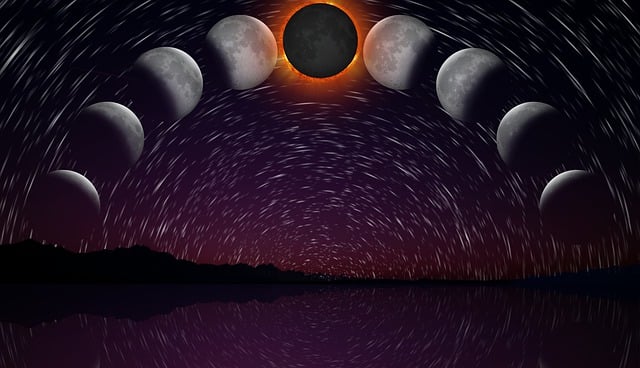
Moon Phase Meaning -8 Phase Interpretations You Need to Know

